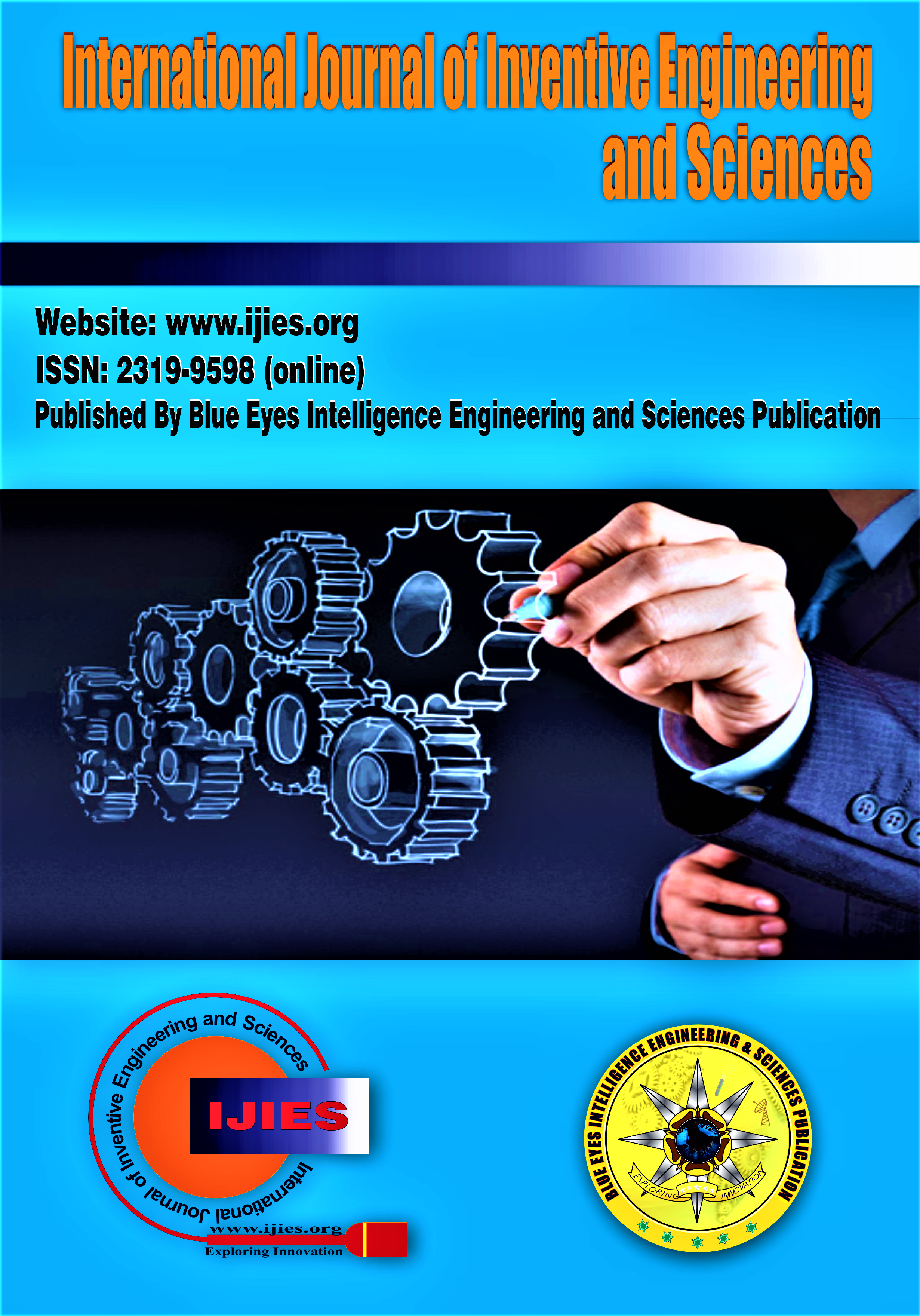Factors Influencing E-HRM Practices and Organisational Performance in it and it Es Industries
Main Article Content
Abstract
The purpose of this study was to assess the effectiveness of electronic H RM practices (E-H RM) in IT and IT ES companies from a multifaceted perspective Global worker are increasingly looking for things like excellent working conditions, sufficient opportunity for training and growth, and effective PERFMGMT systems. The long-term objectives of the company and employee expectations are balanced by human resource management… This study’s importance lies in the IT/IT ES sector’s necessity to implement E-H RM practices, specifically focusing on aspects such as payroll processing, employee self-service, recruitment, PERFMGMT, rewards, and L&D, as these significantly influence organizational performance. E-H RM practices have become preferable to manual HR processes due to their time efficiency, reduced storage and manpower demands, and improved process consistency. The IT sector has reaped numerous benefits from various applications, including HR practices, driving the adoption of E-H RM practices. These practices are simpler, cost-effective, and require fewer resources and time, offering advantages like accuracy, consistency, and centralized information storage. Both employers and employees have found E-H RM practices beneficial, and the quick accessibility of data and documents from remote locations further facilitates swift decision-making in business operations.
Downloads
Article Details
Section

This work is licensed under a Creative Commons Attribution-NonCommercial-NoDerivatives 4.0 International License.
How to Cite
References
Laumer, S., Eckhardt, A., & Weitzel, T. (2010). Electronic human resources management in an e-business environment. Journal of Electronic Commerce Research, 11(4), 240.
Sahay, Mona. (2022). A strategic evaluation of E-H RM in IT and IT ES sector: A multidimensional perspective. 23-27.
Martin G, Reddington M. Theorizing the links between e-HR and strategic H RM: a model, case illustration and reflections. The International Journal of Human Resource Management. 2018;21(10):1553-1574. https://doi.org/10.1080/09585192.2010.500483
Wiblen S, Grant D, Dery K. Transitioning to a new HRIS: The reshaping of human resources and information technology talent. Journal of Electronic Commerce Research. 2020;11(4):251.
Sahay, Mona. (2022). A strategic evaluation of E-H RM in IT and IT ES sector: A multidimensional perspective. 23-27.
Wiblen, Sharna & Grant, David & Dery, Kristine. (2010). Transitioning to a new HRIS: The reshaping of human resources and information technology talent. Journal of Electronic Commerce Research. 11.
Martin, Graeme & Reddington, Martin. (2010). Theorizing the links between e-HR and strategic H RM: A model, case illustration and reflections. International Journal of Human Resource Management - INT J HUM RESOUR MANAG. 21. 1553-1574. 10.1080/09585192.2010.500483. https://doi.org/10.1080/09585192.2010.500483
Maindola, Sneha & Kumar, Surendra. (2022). Employee Perception of the Effectiveness of Digitalized Performance Management Systems. 10.4018/978-1-7998-9194-9.ch009. https://doi.org/10.4018/978-1-7998-9194-9.ch009
Wen, Xiaoli. (2013). E-H RM in Chinese Organizations: Managing Human Resources with Information Technology in Digital Age. Proceedings - 2013 International Conference on Computational and Information Sciences, ICCIS 2013. 545-548. 10.1109/ICCIS.2013.151. https://doi.org/10.1109/ICCIS.2013.151
Dulkadir, Berkant. (2018). Enterprise resource planning in human resources management impact on workforce career and information function. International Journal of Social Sciences and Education Research. 4. 617-628. 10.24289/ijsser.448523. https://doi.org/10.24289/ijsser.448523
Raval, Dharmesh. (2014). A Study of H RM Practices prevailing in IT-IT ES Industry - A Case Study of IT - IT ES organizations of Vadodara City. NICM Bulletin The Journal of Management and Co-operation. XI. 12.
Estiwinengku, D., Zunaidah, & Soebyakto, B. B. (2019). The Influence Of Human Resource Training And Work Culture Company Of The Performance Of An Employee Of PT PP London Sumatra Indonesia ( Lonsum ) Musi Banyuasin - South Sumatera. In International Journal of Management and Humanities (Vol. 3, Issue 12, pp. 24–29). https://doi.org/10.35940/ijmh.l0332.0831219
Paul, Dr. P., Giri, Dr. A., Chatterjee, S., & Biswas, S. (2019). Determining the Effectiveness of ‘Cloud Computing’ on Human Resource Management by Structural Equation Modeling (SEM) in Manufacturing Sector of West Bengal, India. In International Journal of Innovative Technology and Exploring Engineering (Vol. 8, Issue 10, pp. 1937–1942). https://doi.org/10.35940/ijitee.j9276.0881019
Pandey, S., & Khaskel, P. (2019). Application of AI in Human Resource Management and Gen Y’s Reaction. In International Journal of Recent Technology and Engineering (IJRTE) (Vol. 8, Issue 4, pp. 10325–10331). https://doi.org/10.35940/ijrte.d4585.118419
Zimik, A. S. S., & Keishing, C. (2022). A Study on the Performance of Biometric Devices with Reference to Employee Interface. In Indian Journal of Management and Language (Vol. 2, Issue 1, pp. 8–12). https://doi.org/10.54105/ijml.c2039.041322
Radhamani, V., & Dalin, G. (2019). Significance of Artificial Intelligence and Machine Learning Techniques in Smart Cloud Computing: A Review. In International Journal of Soft Computing and Engineering (Vol. 9, Issue 3, pp. 1–7). https://doi.org/10.35940/ijsce.c3265.099319





